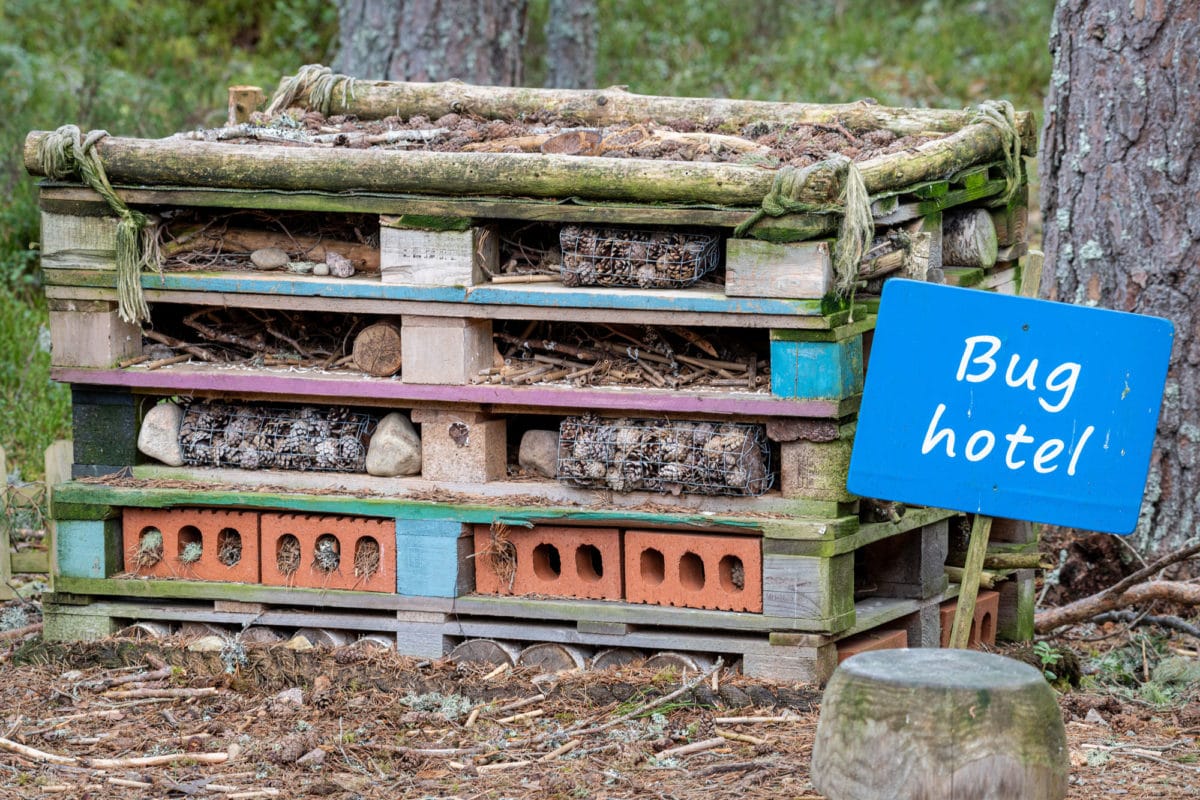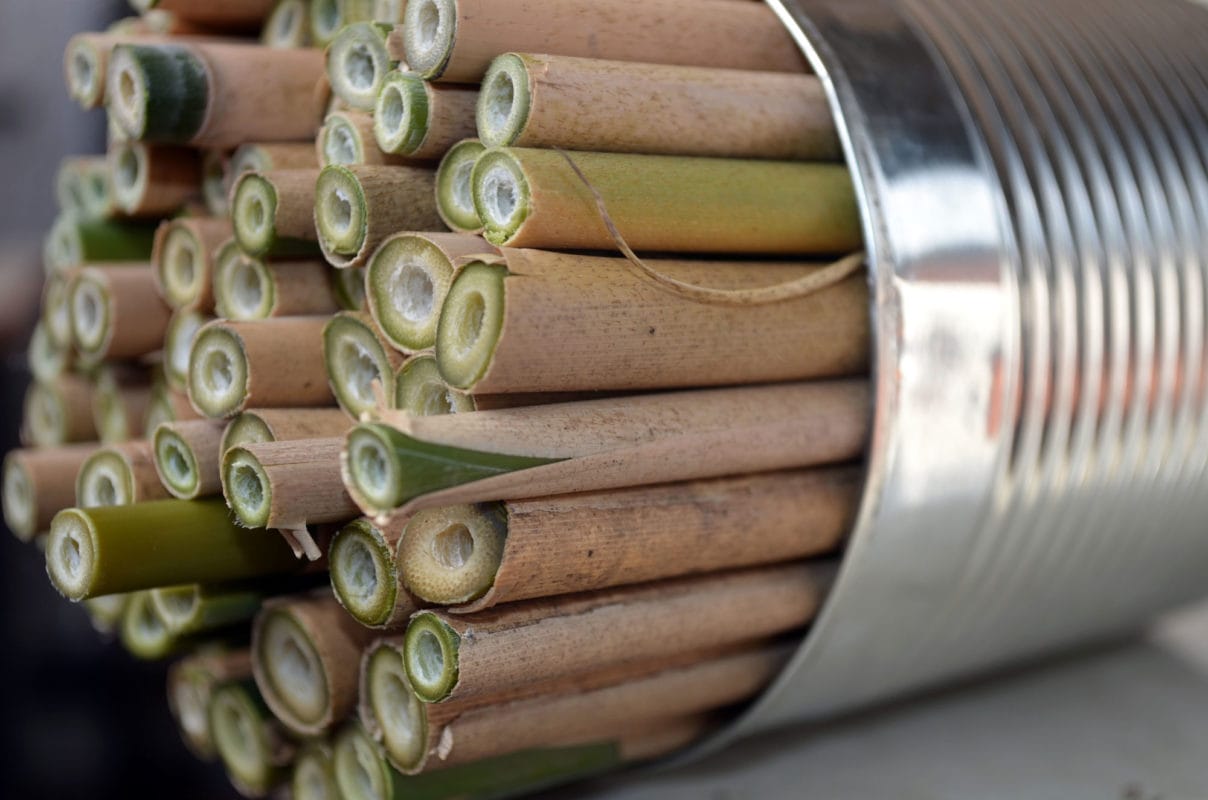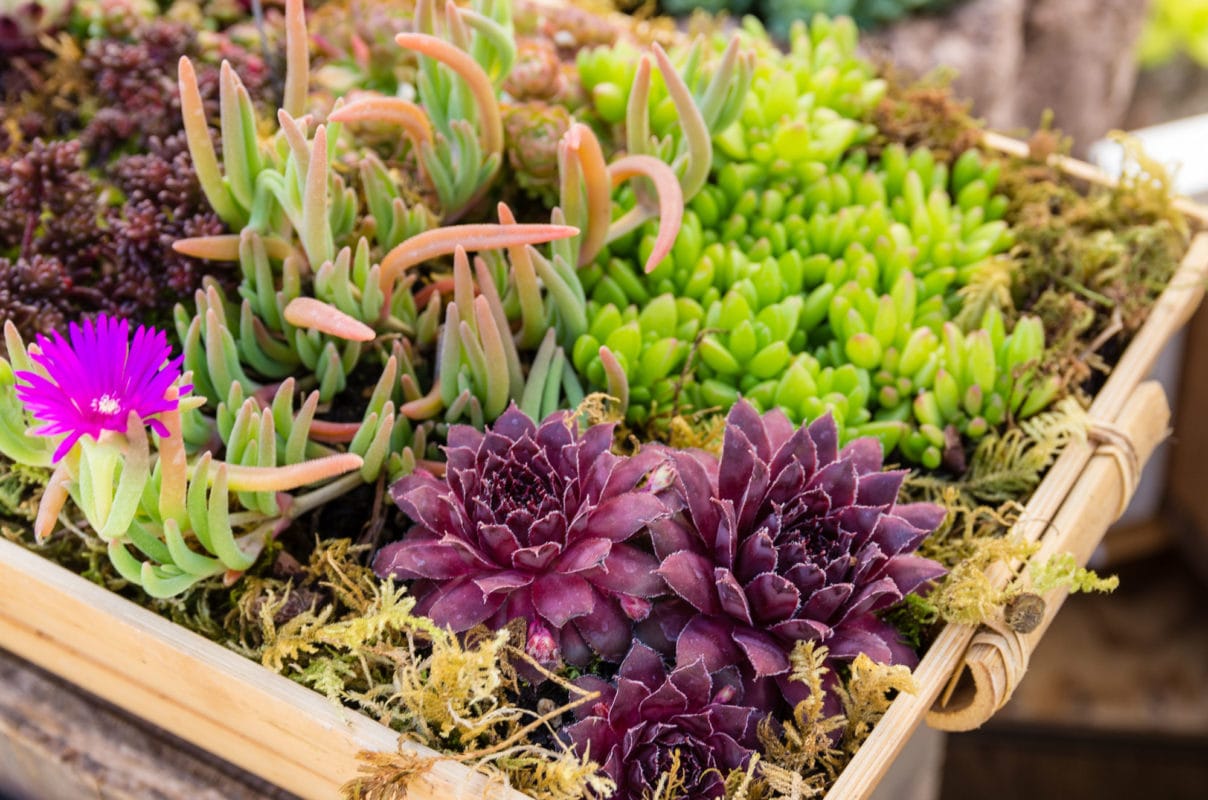Lawns are lovely but they only support a limited number of species. So why not support the wildlife in your garden by building a bug hotel?
Unless your lawn is a species rich wildflower lawn, it is probably only attractive to a few species of the myriad of creatures that our environment and food chain depends upon. Blackbirds and thrushes for example, love a lawn because they like to forage for bugs and worms. Short grass gives them easy access to soil dwelling snacks.
Many creatures though, need habitat and food sources that a lawn just can’t provide, no matter how careful you are to take care of the soil beneath it. Building a bug hotel in a quiet corner of the garden, enables you to bring biodiversity into your garden. You don’t need to spend a lot of money and it won’t changing the appearance of your outdoor space.
By building a bug hotel, you can take pride in the way you are trying to balance the beauty of a manicured lawn with meeting the needs of our planet’s ecosystem.

A home made bug hotel with recycled pallets and foraged materials
What Is A Bug Hotel?
I’m sure that at some point you will have encountered a bug hotel. It’s basically a man-made structure that replicates the way Mother Nature provides habitat for some small creatures. Normally the structure contains easily accessible ‘compartments’ filled with the materials that mini beasts typically call home. Dried leaves, bark, twigs, pine cones, slates and stones, bamboo canes and even corrugated cardboard – which does a good impression of hollow stems.
You could make the structure using gabion baskets or old pallets. Or, if you have the right DIY skills you could create a purpose made bug hotel of your own design.
Making Your Bug Hotel Attractive To Wildlife
There is a line in the film Field Of Dreams that says “If you build it they will come”. I’m pretty sure I’ve seen it adapted and used in the context of creating wildlife habitat. And that’s right to an extent. But, just as you can’t expect sun loving grass species to make a lawn in the shade, a bug hotel needs to have the right contents and the right position to attract the creatures you’d like to support.
For example, some solitary bees like to build their nests in tubular structures in the sunshine. Consequently, building a bug hotel in the shade and filling it with dried leaves, won’t make it attractive to those bee species.
Woodlice and beetles like damp shade. These creatures help break down dead plant material to add body to the soil.
Ladybirds like dry leaves or straw, lacewings love corrugated cardboard rolls. Both of these creatures offer free pest control services to gardeners so they are really good to have around.
So before you start designing your bug hotel, decide which creatures you’d like to support and do some research to find out more about their preferred living conditions. Note: You can have more than one bug hotel in your garden. Why not get imaginative and create several specialised habitats?

Something as simple as a recycled tin and nailed to a wall and filled with hollow stems can provide beneficial insects with much needed winter shelter
Designing A Bug Hotel
Honesty, bugs and beasties have no sense whatsoever of design and styling. They don’t care what their habitat looks like so long as it is easily accessible and has all of the facilities they need.
A pile of sticks with dead leaves poked into the gaps makes a great bug hotel. And if you think about it, that’s what Mother Nature provides beneath hedges and on the woodland floor.
We humans though, like to have our gardens neat and organised. And so you might like to design something that satisfies the needs of the creatures you want to attract – but is also easy on your eyes.
How about filling two hanging baskets with dried pine cones and tag-tying them together? That would make a wonderful place for ladybirds to overwinter in and it’s decorative too.
Perhaps you could make your bug hotel with pallets and then give it a living roof to make it look amazing?

Adding a layer of growing medium and suitable plants for the environment it’s in, will insulate your bug hotel and make it into a real talking point in your garden.
Why not combine your bug hotel with a structure that’s useful for you too. A bin store? Bench? Garden Planter? Check out The Grass Roof Company for some really inspirational ideas.
Whatever your design, please avoid using paints and preservatives. Most of them are designed to prevent Mother Nature doing her thing, which is of course the exact opposite of what you are trying to achieve through this project.
Still not confident? Why not start yourself off with an off-the shelf bug hotel kit? I’m sure you’ll soon gain enough confidence to design and build one of your own.
Involving Children With Building A Bug Hotel
If you have little ones to entertain during the holidays, you can get them involved with gathering materials and building your bug hotel. If they are properly supervised, you’ll be surprised how good they are at using a drill to make holes in logs, or nailing pallets together. And all the while you will be teaching them about the environment and helping to develop their hand-eye co-ordination.
Let them put the finishing touches to their creation by making a sign and perhaps sowing some wildflower seeds around their bug hotel. You could all make regular checks to see who has moved in.
The Premier Lawns Bug Hotel
I’m going to be making a bug hotel for my own garden just as soon as I’ve gathered enough materials. It’s going to be easier to show you what I’m up to rather than write about it, so please subscribe to my YouTube Channel to find out when to expect the big reveal.
More ideas for keeping children and wildlife happy in the garden
7 of the best garden activities for kids
How to encourage butterflies and bees into your garden.
Gardening tips to keep wildlife happy in autumn time.
